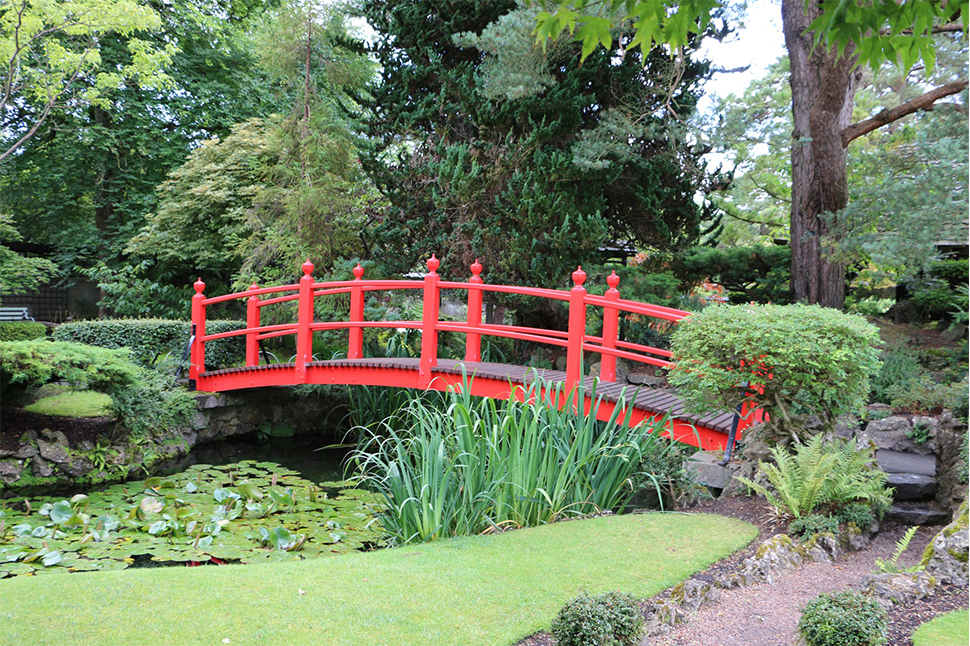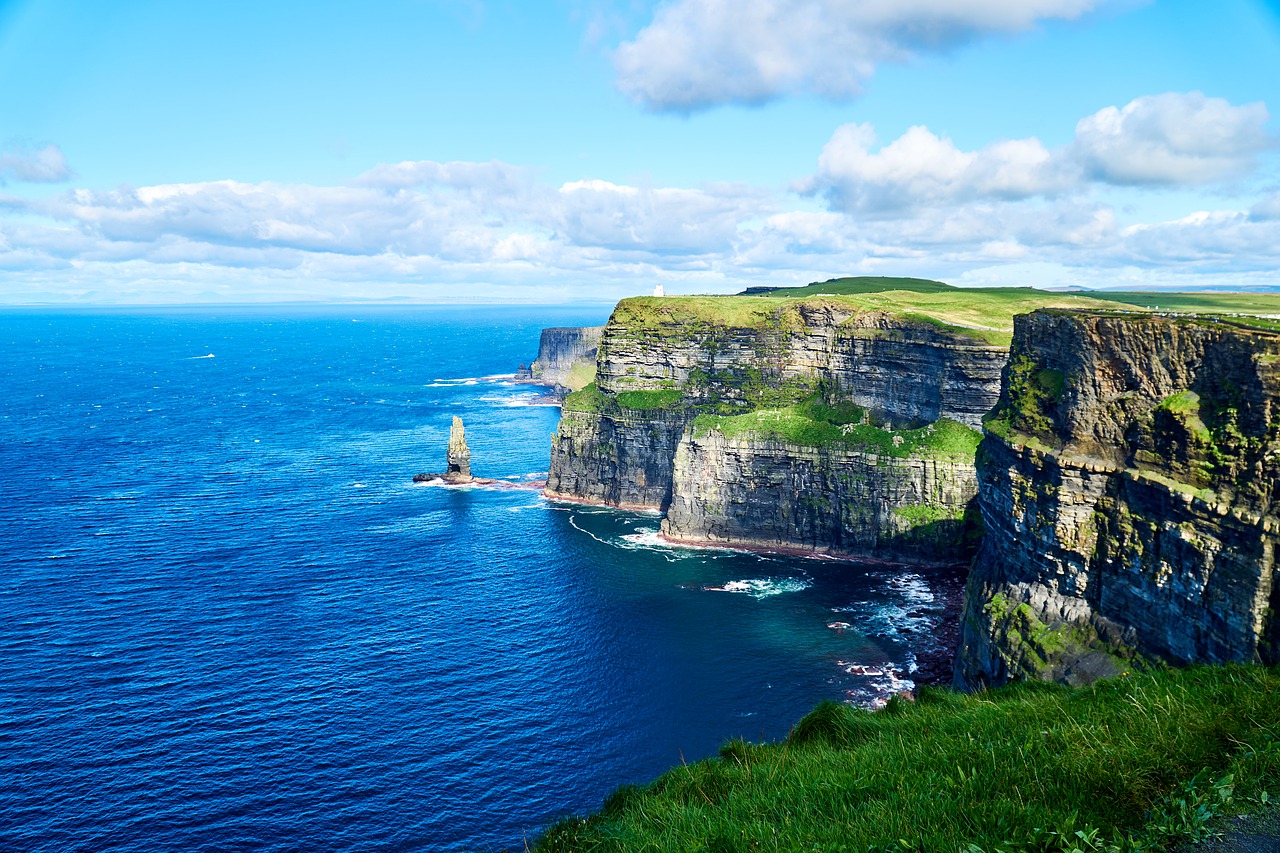County Antrim, Top Things to See and Do
About Country Antrim

County Antrim (named after the town of Antrim, from Irish: Aontroim, meaning ‘lone ridge’, [ˈeːnˠt̪ˠɾˠɪmʲ])[5] is one of six counties that form Northern Ireland.
Adjoined to the north-east shore of Lough Neagh, the county covers an area of 3,046 square kilometres (1,176 sq mi)[6] and has a population of about 618,000. County Antrim has a population density of 203 people per square kilometre or 526 people per square mile.[7] It is also one of the thirty-two traditional counties of Ireland, as well as part of the historic province of Ulster. – Wikipedia
Here are some of the Top things to do in County Antrim
- Visit Belfast City
- Follow the Game of Thrones® Trail
- Stop for a Game of Thrones® Tea
- Glenariff Waterfall Walk
- Giant’s Causeway
- Dunluce Castle
- Carrick-a-Rede Rope Bridge
Visit Belfast
Belfast
Belfast is Northern Ireland’s capital. It was the birthplace of the RMS Titanic, which famously struck an iceberg and sunk in 1912. This legacy is recalled in the renovated dockyards’ Titanic Quarter, which includes the Titanic Belfast, an aluminium-clad museum reminiscent of a ship’s hull, as well as shipbuilder Harland & Wolff’s Drawing Offices and the Titanic Slipways, which now host open-air concerts. ― Googler quirkiness, you could stay in football legend George Best’s family terraced house.
The Top 10 Things to do in Belfast
Follow the Game of Thrones® Trail
Set-jet your way through County Antrim on a Game of Thrones® odyssey. It’s your chance to re-live your favourite scenes in the very spots where the blockbuster series was filmed. Visit the mysterious Dark Hedges, the foreboding Stormlands’ Cushendun Caves and, of course, Lordsport Harbour, better known locally as Ballintoy Harbour.
Stop for a Game of Thrones® Tea
Surely, no self-respecting Thrones fan could resist this. Dothraki trifle with mini dragon eggs? Kingslayer cupcakes? A foodie homage to the iconic TV show, there’s always time to enjoy a Game of Thrones® inspired High Tea at Ballygally Hotel.
More info: https://discovernorthernireland.com/blog/read/2020/06/top-things-to-see-and-do-in-county-antrim-b52
Glenariff Waterfall Walk
Glenariff Forest Park is an 1185 hectare (2928 acre) forest in County Antrim, Northern Ireland. It is part of Glenariff glen itself. The forest is managed by the Northern Ireland Forest Service, the state body responsible for forestry in the province, which is part of the Department of Agriculture, Environment and Rural Affairs.
The Waterfall Walkway, opened 80 years ago, has been significantly upgraded along its 3-mile length which passes through a National Nature Reserve. There are three waterfalls, forest trails and riverside walks, as well as a visitor centre, shop, and seasonal caravan/camping site and restaurant.
The Giant’s Causeway is an area of about 40,000 interlocking basalt columns, the result of an ancient volcanic fissure eruption. It is located in County Antrim on the north coast of Northern Ireland, about three miles (4.8 km) northeast of the town of Bushmills.
It was declared a World Heritage Site by UNESCO in 1986 and a national nature reserve in 1987 by the Department of the Environment for Northern Ireland. In a 2005 poll of Radio Times readers, the Giant’s Causeway was named the fourth greatest natural wonder in the United Kingdom.[5] The tops of the columns form stepping stones that lead from the cliff foot and disappear under the sea. Most of the columns are hexagonal, although there are also some with four, five, seven or eight sides.[6] The tallest are about 12 metres (39 ft) high, and the solidified lava in the cliffs is 28 metres (92 ft) thick in places.
Much of the Giant’s Causeway and Causeway Coast World Heritage Site is owned and managed by the National Trust. It is one of the most popular tourist attractions in Northern Ireland, receiving over 998,000 visitors in 2019. Access to the Giant’s Causeway is free of charge: it is not necessary to go via the visitor centre, which charges a fee. The remainder of the site is owned by the Crown Estate and several private landowners.
Dunluce Castle, County Antrim, Northern Ireland
In the 13th century, Richard Óg de Burgh, 2nd Earl of Ulster, built the first castle at Dunluce. It is first documented in the hands of the McQuillan family in 1513.
The earliest features of the castle are two large drum towers about 9 metres (30 ft) in diameter on the eastern side, both relics of a stronghold built here by the McQuillans after they became lords of the Route. The McQuillans were the Lords of Route from the late 13th century until they were displaced by the MacDonnell after losing two major battles against them during the mid- and late-16th century.
The castle in the last decade of the 19th century Later Dunluce Castle became the home of the chief of the Clan MacDonnell of Antrim and the Clan MacDonald of Dunnyveg from Scotland. Chief John Mor MacDonald was the second son of Good John of Islay, Lord of the Isles, 6th chief of Clan Donald in Scotland.
John Mor MacDonald l was born through John of Islay’s second marriage to Princess Margaret Stewart, daughter of King Robert II of Scotland. In 1584, on the death of James MacDonald the 6th chief of the Clan MacDonald of Antrim and Dunnyveg, the Antrim Glens were seized by Sorley Boy MacDonnell, one of his younger brothers.
Sorley Boy took the castle, keeping it for himself and improving it in the Scottish style. Sorley Boy swore allegiance to Queen Elizabeth I and his son Randal was made 1st Earl of Antrim by King James I. Four years later, the Girona, a galleass from the Spanish Armada, was wrecked in a storm on the rocks nearby. The cannons from the ship were installed in the gatehouses and the rest of the cargo sold, the funds being used to restore the castle.
MacDonnell’s granddaughter Rose was born in the castle in 1613. A local legend states that at one point, part of the kitchen next to the cliff face collapsed into the sea, after which the wife of the owner refused to live in the castle any longer.
From: https://loveireland.bitmedia24.com/2020/10/28/dunluce-castle-county-antrim-northern-ireland/
Carrick-a-Rede Rope Bridge
Carrick-a-Rede Rope Bridge was first erected by salmon fishermen in 1755
Connected to the cliffs by a rope bridge across the Atlantic Ocean, Carrick-a-Rede Island (home to a single building – a fisherman’s cottage) is the final destination.
Suspended almost 100 ft (30 m) above sea level, the rope bridge was first erected by salmon fishermen over 250 years ago.
Information: https://www.nationaltrust.org.uk/carrick-a-rede
Help your kids learn about the Counties of Ireland – Download the FREE Worksheet below





